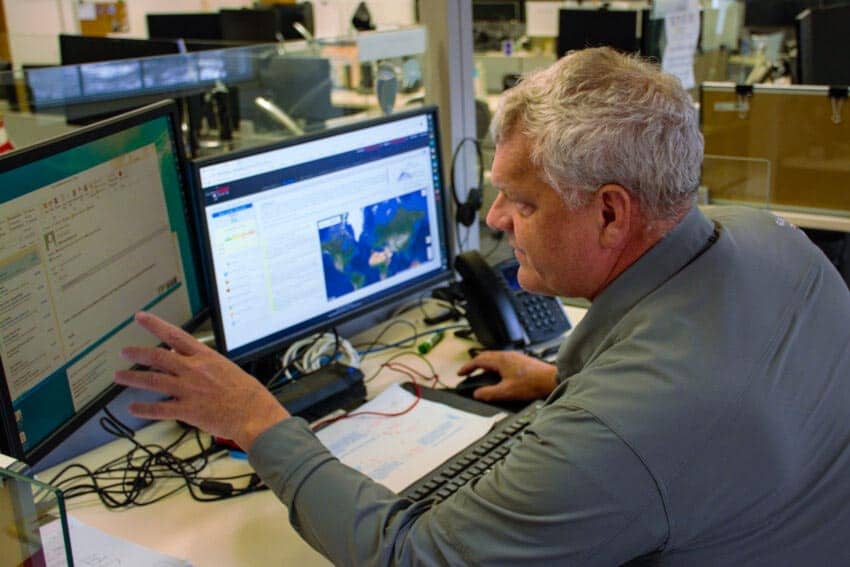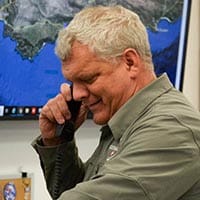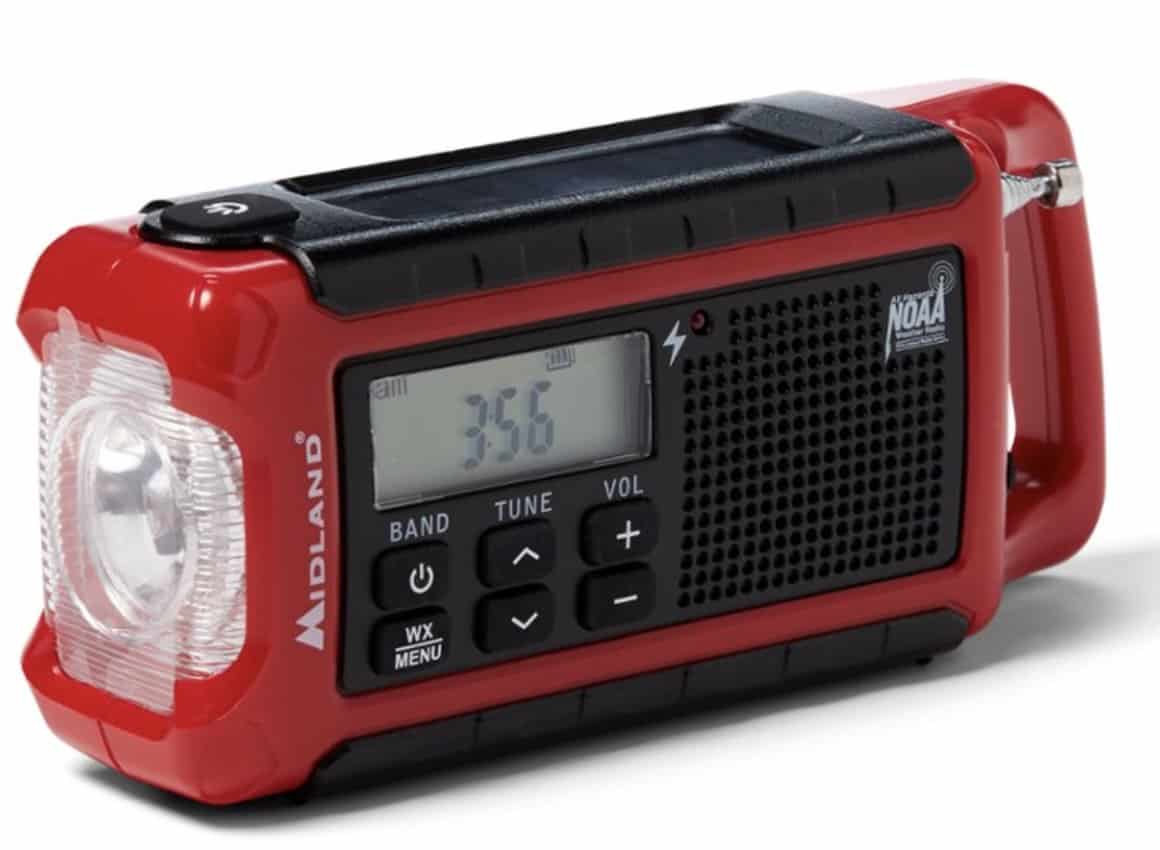
What to Pack in a Survival Kit
By Harding Bush
Any time you travel to remote locations, go on an adventure or take yourself into the wilderness, you are entering some level of a survival situation. There are many emergencies and contingencies in the backcountry that do not have a medical requirement. For these instances, you need survival equipment.
Everyone has different experiences with survival. Ask people familiar with backcountry expeditions their thoughts and ideas for survival kit necessities and you’ll get various suggestions based on their travel plans, adventure experiences, destinations and duration away from home.
Amy’s Survival List
No matter where she travels, Amy Ray, president of The Sisterhood of the Outdoors, a company dedicated to creating outdoor opportunities for women always carries a rescue blanket, a whistle, duct tape, a lighter and cotton balls.
Jeff Weinstein, medical operations supervisor at Global Rescue, recommends super glue, hooks and fishing line, tea light candles, and one meal of freeze-dried food.
Fishing isn’t as high risk as some sports, but anglers may be on prolonged fishing expeditions, at sea or in remote areas where a survival kit could be a lifesaver. Pat Pendergast, director of international travel at The Fly Shop, suggests taking along a dozen zip ties, a magnesium fire starter, and a headlamp.
Jeff Callison, co-owner at Deadhorse Outfitters, a veteran-owned and operated outfitter in northern Alaska, counsels footwear that suits the environment but are comfortable and capable of environmental changes. “Your feet are the most important part of your body in the backcountry,” he said.
First Aid for Survival
Some survival equipment includes things you use routinely throughout your time in remote locations, and some are specific to an emergency. All safety and survival needs fall into one or more of the following categories: communications, first aid, food and water, shelter, fire, and navigation.
These six categories remain consistent; however, the importance of each changes with geographic location and the duration of your planned trip. If you are doing a multi-day winter hike over the Presidential range in New Hampshire’s White Mountains, shelter takes priority over water. Water would take precedence in an overland desert crossing in Australia or Africa.
Here are my top 7 survival kit pro tips
#1 Don’t overdo it.
If you need to take so much survival gear it overwhelms your pack, choose another activity; you are not going to enjoy yourself with this one. More likely, you are not realistic about the risks and your capabilities.
#2 Protect your equipment
All electronics, phones, GPS, and satellite messaging devices should be protected from the elements and potential impact. Waterproof containers or cases should be considered, researched, and evaluated. Quality zip lock bags are practical waterproofing, especially if they are doubled up and you are not in a maritime environment.

For a maritime environment, like kayaking or canoeing, use dry bags or hard waterproof cases. Water bottles should be in a secured backpack pouch, not just placed where it can fall out with you not knowing. Water purifying pumps are prone to breakage if they are not well protected.
#3 Know your gear. Be familiar with all your equipment and practice using it before leaving for the backcountry.
If you have a spring-loaded Ferro rod fire starter in your survival kit, make sure you know how it works and you have practiced with it at home. If you have iodine or chlorine tablets for purifying water in your survival kit, learn how to use them.
#4 Electronics will fail.
Have a backup plan for anything electronic-related. Even if you are navigating on your phone or GPS, you must also have — and know how to use — a map and compass. Phones lose service, GPSs lose connections in thick forests and steep terrain, batteries die and machines break.
#5 Pack items with more than one purpose. Multi-feature knives have knife blades for cutting cord to make a shelter, a saw to cut kindling wood, can openers, tweezers and scissors (which help with first aid), screwdrivers and pliers (to repair or maintain equipment).

The uses for zip ties, paracord and duct tape are endless. With these items, you can fix nearly anything long enough to get out of the field safely.
#6 Always be prepared for the night.
Always carry a quality headlamp and extra batteries. Headlamps are critical because they leave your hands free to cut kindling wood, conduct first aid and boil water in the dark. Always have the ability to make fire.

This includes a windproof lighter in your pocket, a mechanical fire-starting device in your pack, and waterproof matches in a waterproof container in your survival kit. Something warm to eat or drink is essential in colder environments; having a stove, fuel and small pot to boil water in is critical. A warm meal or drink can make a cold night seem a lot shorter.
#7 Where do I carry my survival kit?
It is important to understand that much of your gear can be considered “survival gear” once in an emergency situation. Items specific to survival can be stored in a small waterproof container.
 Do not split up survival gear if you are in a group. You may find yourself alone. Everyone should have their own first aid kit and critical survival gear.
Do not split up survival gear if you are in a group. You may find yourself alone. Everyone should have their own first aid kit and critical survival gear.
Everyone should have a portable stove, fuel and pot in colder environments for the same reason.
Finally, learn and practice survival skills in a safe environment
While effective learning takes place after making mistakes in the backcountry, it is not a good idea to head into the backcountry with just your survival gear with the intent of learning to use it. Practice survival skills in a safe and supervised environment and be thoroughly comfortable using them before your trip.
 Harding Bush is the associate manager of operations at Global Rescue, the pioneer of worldwide field rescue. He is a 20-year special operations forces veteran with an additional 10 years of experience in international travel and corporate security. He was also the senior survival instructor at the US Navy Survival, Evasion, Resistance and Escape (SERE) Course in Rangeley, Maine.
Harding Bush is the associate manager of operations at Global Rescue, the pioneer of worldwide field rescue. He is a 20-year special operations forces veteran with an additional 10 years of experience in international travel and corporate security. He was also the senior survival instructor at the US Navy Survival, Evasion, Resistance and Escape (SERE) Course in Rangeley, Maine.
- These 9 U.S. National Parks Require Reservations in 2024 - April 17, 2024
- Take a Hike in Olympic National Park - April 17, 2024
- The Wild Mississippi: 2340 Miles Across Ten States - April 8, 2024



